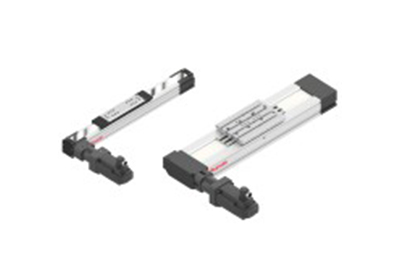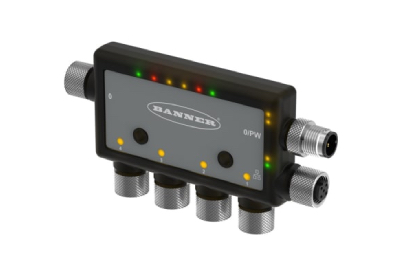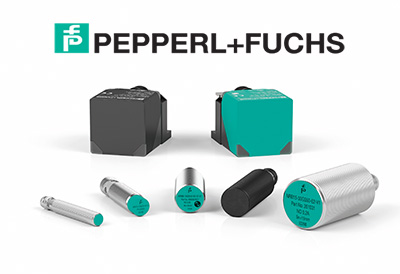Rexroth toothed belt drive axes with new servo motors – as dynamic as linear motor axes

November 27, 2018
An economical alternative to linear motor axes. Significantly increased dynamics for linear axes with toothed belt drive and new synchronous servo motors. Faster movements shorten the positioning and handling times.
The powerful Rexroth toothed belt drive axes, in combination with the latest generation of synchronous servo motors, produce performance, speed and dynamics that were previously only possible with linear motor axes. And when compared to directly driven axes, the system costs are even up to 40 percent lower. Further structural and design innovations help to make them more economical.
Short non-productive times increase productivity with little effort. One key to this is having highly dynamic linear axes with application-specific precision and rigidity. The combination of belt drive and the latest generation of MS2N synchronous servo motors puts Rexroth at the forefront in terms of dynamics: Belt axes equipped with ball rail systems achieve acceleration values of up to 50 m/s² and a maximum speed of 5 m/s. In the versions with cam rollers, a peak value of 10 m/s is achievable.
The servo motors reach maximum speeds of up to 9,000 rpm and cover a broad performance spectrum starting at 3.8 Nm in 50 versions. The field-weakening mode available in conjunction with IndraDrive controllers also extends the usable torque-speed range beyond the voltage limit. Overall, the axes with belt drive achieve comparable dynamics to those with linear motor axes, which significantly reduces the handling and positioning times, for example, in packaging applications.
Quick and compact solution
At the same time, the belt axis is very compact, as the servo motor is mounted outside of the working space. The motors are optionally available with integrated fans or water cooling. Thus no disturbing heat or magnetic fields arise near the carriage. Because of the optional holding brake, no clamping elements or external holding devices are required. In addition, the solution does not require an e-chain and external position measuring systems. This saves the user space, which is very advantageous, especially in confined spaces. Users can also use the gear ratio and the choice of motor winding to adapt the drive train to the application parameters without modifying the installation space. The belt drive is less sensitive to dust and other forms of soiling and is also suitable for rugged environments.
The ability to store all relevant electrical and mechanical axis data in the encoder makes the initial start-up much easier in the near future. In addition, the functional safety requirements with the new servo motors and the safety functions integrated in the IndraDrive controllers can be implemented even more easily in accordance with the current standards.
With the linear and compact modules MKR, MLR and CKR, Rexroth offers a wide range of ready-to-install linear axes with belt drive. They cover millimeter-precise lengths of up to 9,400 mm. Compared to linear motor axes, the cost advantage of the belt versions equipped with the new synchronous motors increases proportional to the stroke length and achieves savings of up to 40 percent, even for medium-length strokes.
For more information, check https://www.boschrexroth.com/en/xc/company/press/index2-33728.





